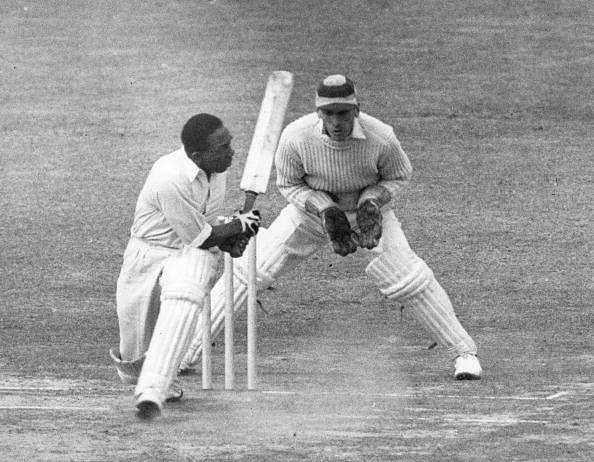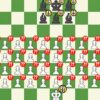
In the annals of Test cricket, certain moments etch themselves into memory not for their brilliance, but for their sheer, unadulterated shock value. The third and final Test between West Indies and Australia at Sabina Park recently delivered such a moment, leaving fans and pundits alike in a state of bewildered disbelief. What began as a challenging chase for the home side quickly devolved into a historical capitulation, culminating in a scorecard that will haunt the West Indies for years to come.
Sabina Park: A Scene of Unprecedented Collapse
Chasing a modest 204 for victory, the West Indies batting lineup crumbled with a rapidity that defied belief. In a mere 14.3 overs, the entire team was dismissed for an astonishing 27 runs. This wasn`t just a poor performance; it was the second-lowest total in the entire 147-year history of Test cricket. One might wonder if the batters had a prior engagement they were rushing to, so swift was their departure from the crease.
The architects of this remarkable collapse were Australia`s frontline pacers. Mitchell Starc delivered a masterclass in aggressive fast bowling, claiming five wickets in an incredible 15 balls – a feat unmatched in its efficiency. Not to be outdone, Scott Boland chipped in with a maiden hat-trick, perfectly illustrating the sheer dominance enjoyed by the Australian attack. For the West Indies, it was a litany of unwanted records on home soil, a stark reminder of the chasm between expectation and reality.
Captain Chase`s Candid Confession
Post-match, West Indies captain Roston Chase, visibly disheartened, did not mince words. He labelled the performance “quite embarrassing” and “heartbreaking.” His anguish was palpable, stemming from the team`s belief that a victory was within reach. The sting was further exacerbated by what Chase identified as a “recurring” issue throughout the series – a consistent failure of the batting unit to apply themselves.
Chase maintained that the target of 204 was “realistic,” despite the challenging conditions often faced by batsmen in this series. He described the Sabina Park wicket as a “good batting wicket,” dismissing notions of inconsistent bounce or “devils in the wicket” that plagued previous matches. This perspective makes the collapse all the more perplexing: if the conditions were reasonable, the blame, by inference, falls squarely on execution.
The Bowler`s Paradise: A Series Defined by Dominance
The Sabina Park collapse was, in many ways, the culmination of a series heavily skewed in favor of the bowlers. A staggering 120 wickets fell across the three Tests, with both West Indies and Australia being bowled out in every single one of their six innings. Such an occurrence is exceedingly rare, only previously seen in a three-Test series during India`s tour to South Africa in 2018.
Chase himself pointed to the pitches as being “very tough,” perhaps underselling the absolute reign of the ball over the bat. He highlighted an astonishing statistic: not a single batter from either side managed to score a century throughout the entire series. In a sport traditionally celebrated for its majestic hundreds and gritty innings, this anomaly paints a vivid picture of the relentless pressure exerted by the bowlers. One might cheekily suggest that the groundskeepers were inadvertently auditioning for a role as chief tormentors, crafting surfaces that transformed even seasoned batsmen into nervous novices.
The Road Ahead: Introspection and Strategic Refinement
As the dust settles on this humbling defeat, West Indies face a period of critical introspection. Their next assignment, a tour to India later in the year, presents a completely different challenge: pitches traditionally conducive to spin bowling. This transition, following a series dominated by pace, demands a significant recalibration of batting strategies.
Captain Chase articulated the need for his batters to “take a deep look at ourselves” and analyze their performance throughout the series. The immediate goal is clear: consistently putting “300 run totals on the board.” This requires not just technical adjustments but also a fundamental shift in approach and resilience. Batting camps focusing on playing spin bowling are identified as an “ideal” preparation for the Indian conditions. The lessons from Sabina Park, however bitter, must serve as a catalyst for growth. The path back to competitive Test cricket begins with acknowledging the shortcomings and diligently working to overcome them, ensuring that such historical embarrassments remain isolated incidents, not recurring nightmares.










